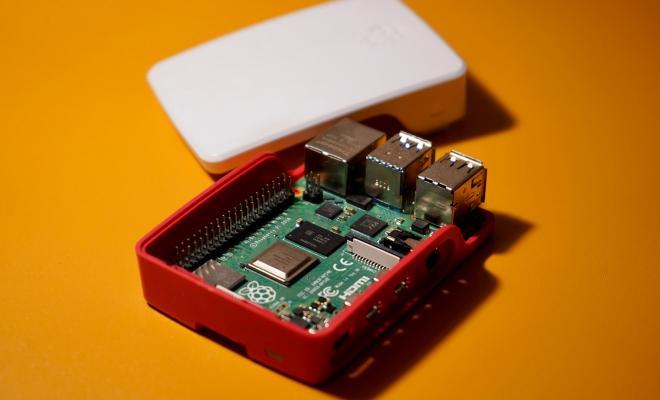- What are Bi-Directional Amplifiers (BDAs) and how do they work within a Distributed Antenna System (DAS)?
Bi-Directional Amplifiers, or BDAs, are signal boosters that help sustain wireless communications within a facility by amplifying signals. They are a crucial component of a Distributed Antenna System (DAS), which collectively is often referred to as in-building signal boosters.
- What is the difference between BDAs for cellular devices and two-way radios?
There are specific types of BDAs designed for cellular devices and others for two-way radios. A cellular signal booster will not enhance two-way radio coverage, hence it is essential to install separate systems for each to ensure effective signal boosting.
- Why is BDA & DAS equipment necessary for buildings?
BDA & DAS equipment is vital to prevent communication disruptions that can occur due to poor signal coverage. This is especially critical in emergencies where visitors and staff might need to contact help. Signal boosters maintain communication by compensating for signal loss due to network overload or other issues.
- How does BearCom assist with BDA-DAS solutions?
BearCom provides comprehensive BDA-DAS solutions tailored for phones and other cellular network devices. We offer services including free consultations, custom design, code compliance, infrastructure setup, and installation assistance, leveraging extensive experience to meet specific in-building signal enhancement needs.
- What in-building challenges can BearCom address?
BearCom's in-building solutions tackle challenges like signal interference, building material barriers, and dead spots that hinder effective communication. We have extensive experience allows them to deploy wireless signal boosters that adapt to nearly any operating conditions, ensuring reliable in-building communication.
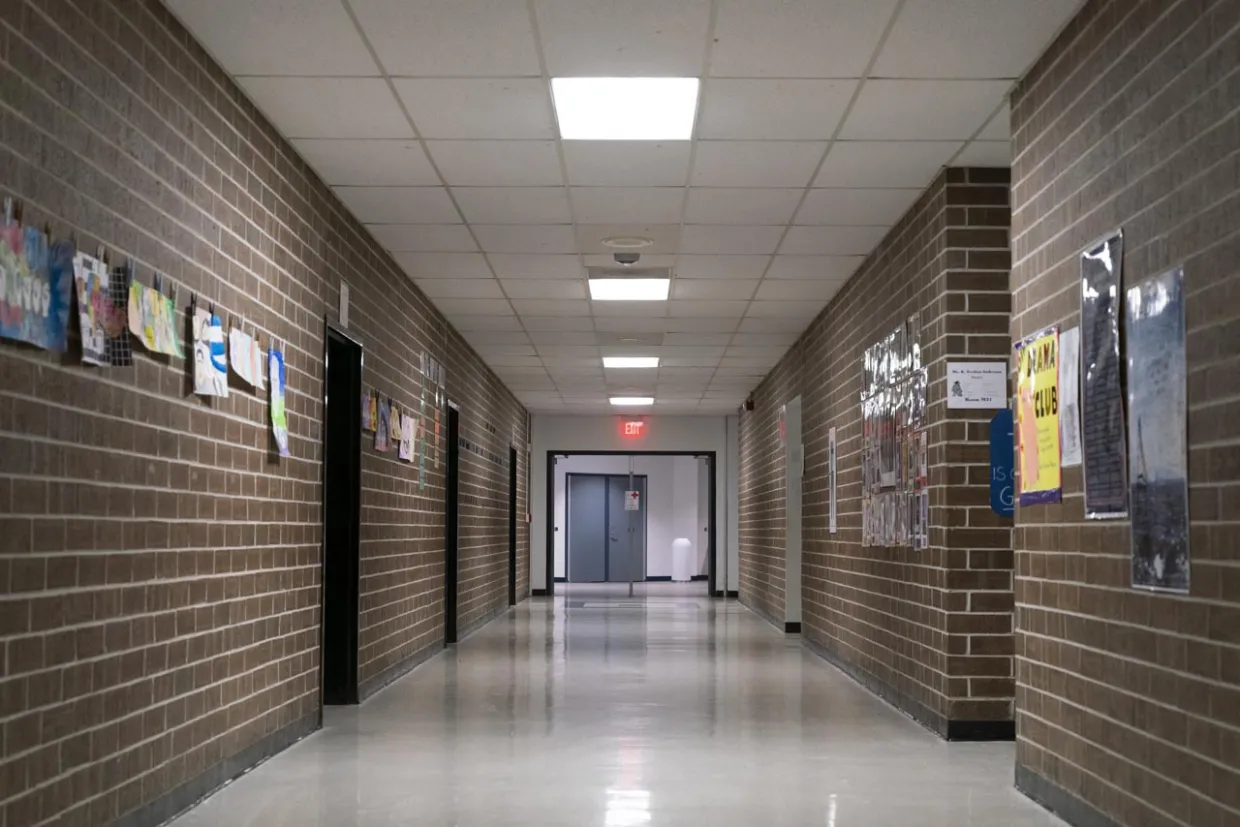
In tempus tincidunt gravida odio netus viverra taciti duis dis. Interdum magnis condimentum pellentesque class litora blandit aenean. Euismod vel nisl dapibus, sem dictum mi cras. Suscipit blandit ipsum sollicitudin habitant vestibulum lacinia habitant maecenas. Dolor suspendisse finibus ac sagittis pretium sit.
Person’s name
Facilities and Operations
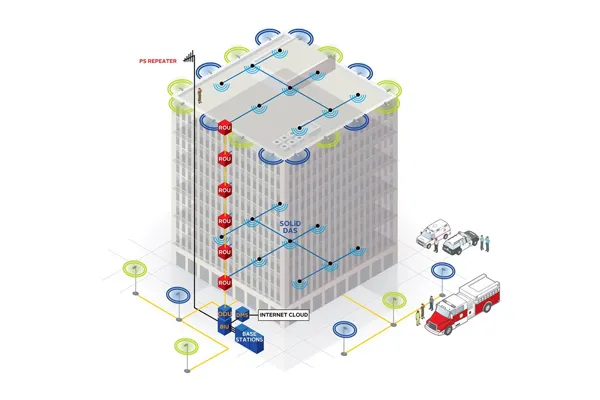
Why Choose BearCom for BDA/DAS Solutions?
BearCom specializes in designing and deploying Bi-Directional Amplifiers (BDAs) and Distributed Antenna Systems (DAS) tailored to your building’s unique needs. From addressing dead spots caused by building materials to mitigating signal interference, we ensure optimal wireless coverage in any environment. Our solutions are crafted to enhance both public safety and everyday communication, making your facility safer and more efficient.
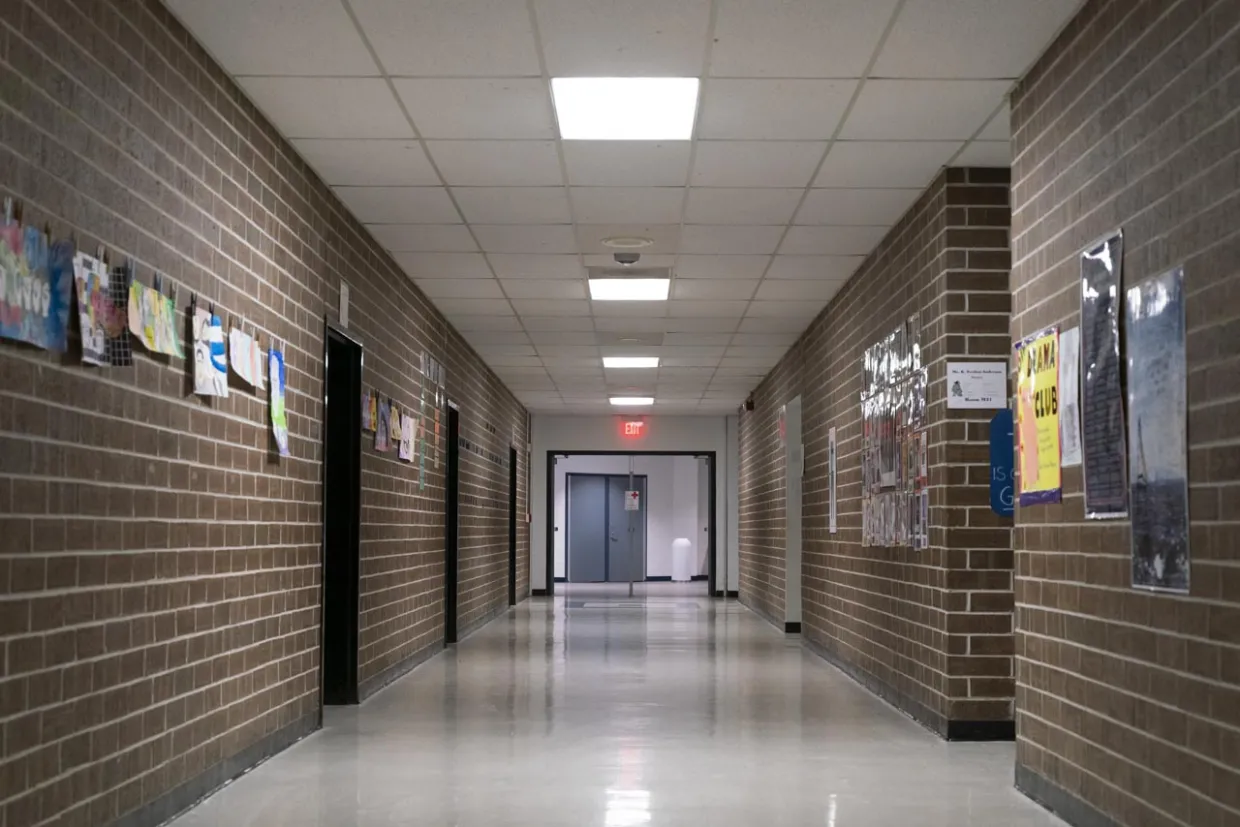
Public Safety BDA/DAS Systems
Reliable communication is the backbone of effective emergency response, and Public Safety BDA/DAS (Bi-Directional Amplifier/Distributed Antenna Systems) have become a critical part of ensuring seamless connection for first responders during times of crisis. Strong radio signals ensure the safety of first responders while improving public safety services for all building occupants. BearCom designs solutions to provide reliable communication coverage in even the most challenging areas, including stairwells, underground tunnels, parking garages, and pump rooms. With Public Safety BDA/DAS, critical areas are no longer a communication dead zone.
Since the implementation of stricter safety codes post 9/11, many localities now require BDA/DAS systems in new constructions and major renovations. BearCom specializes in ensuring your systems meet local code requirements, enabling your building to maintain seamless first responder communication while staying compliant.
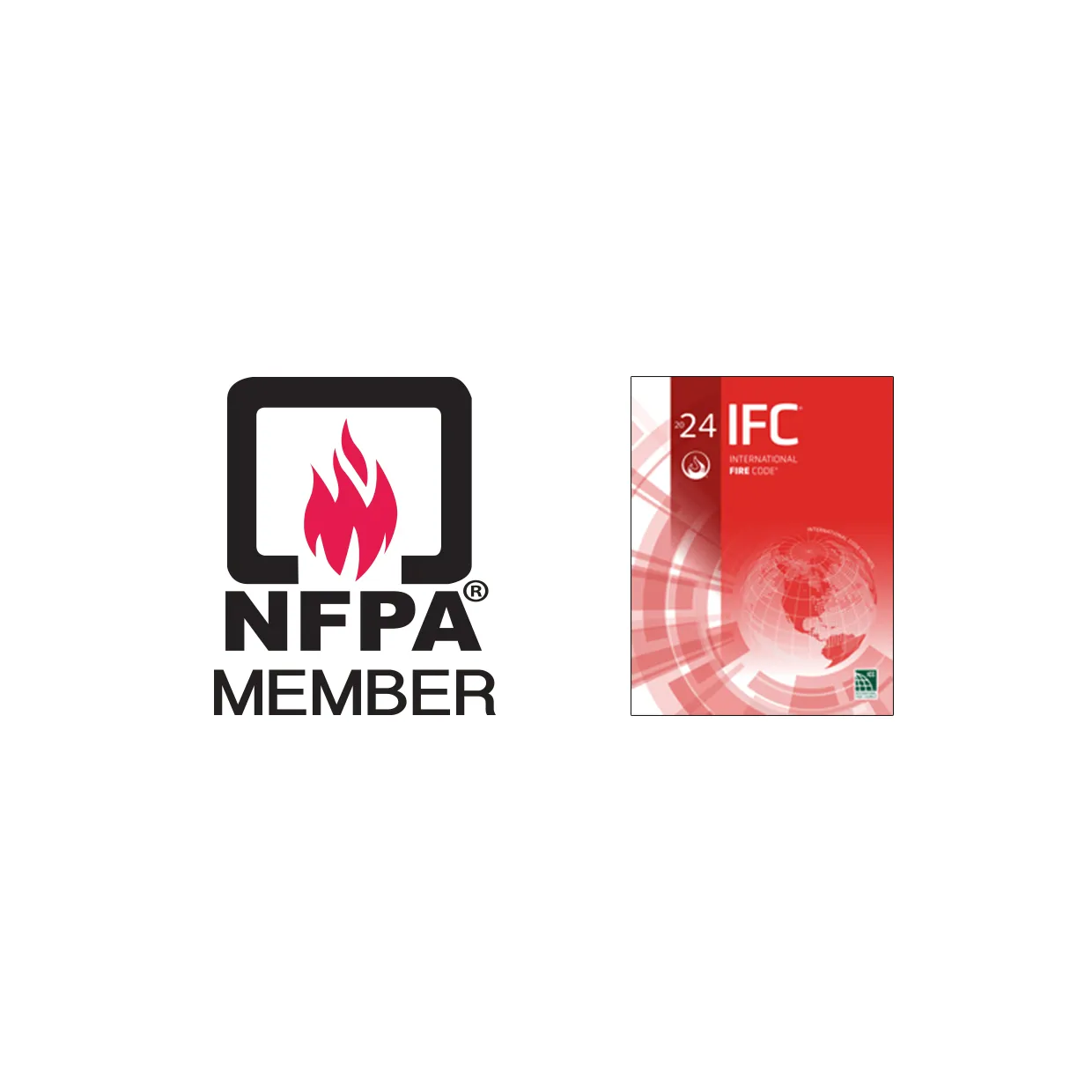
Signal Booster Code Requirements
The requirement for in-building signal coverage is mandated by standards from recognized organizations including:
- National Fire Protection Association (NFPA): According to NFPA 72 Chapter 24, buildings must achieve 90% two-way radio signal coverage indoors, increasing to 99% in critical areas such as fire pump rooms, exit stairways, passageways, and elevator lobbies.
- International Fire Code (IFC): IFC-510 mandates that buildings ensure at least 95% in-building wireless signal coverage, with a minimum signal strength of -95 dB.
- FCC13-21: Under Part 90 of its regulations, the FCC outlines requirements for signal boosters used in public safety and private Land Mobile Radio (LMR) services.
Adhering to these signal coverage standards is crucial for enhancing personal safety, reducing property damage risk, and limiting potential legal liabilities.
Lfaucibus porta duis. Nam vel parturient maecenas imperdiet proin. Et elit natoque duis malesuada egestas nostra lobortis. Posuere ex mattis phasellus per ultricies ipsum rhoncus.
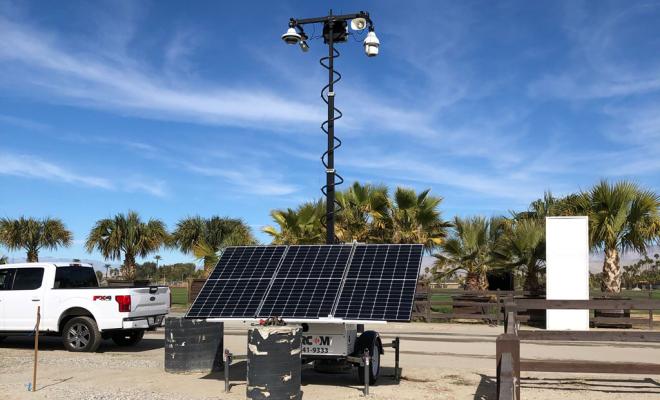
Contact us today and lets talk about your voice, security and data needs.
Testtest
